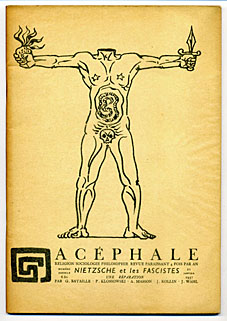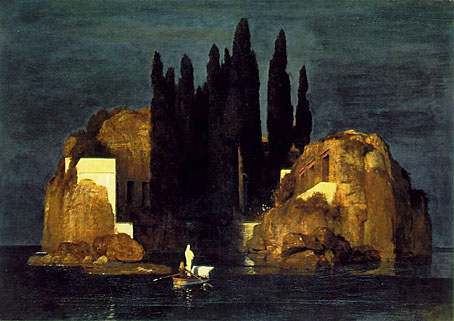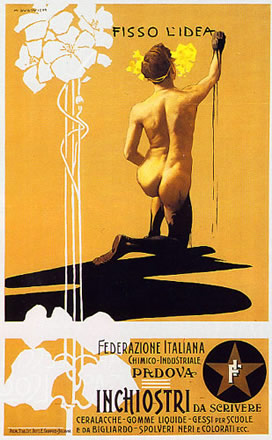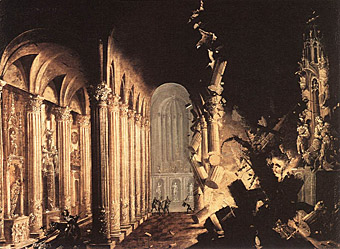
Something I’ll definitely be going to see, especially given the emphasis on Georges Bataille. Above: André Masson’s cover design for the first issue of Bataille’s Acéphale (1937).
UNDERCOVER SURREALISM: Picasso, Miró, Masson and the vision of Georges Bataille. The Hayward Gallery, London, 11 May–31 Jul 2006.
This major Surrealist show, curated by Surrealism specialist Dawn Ades, documents the extraordinary cross-currents of Paris in the late 1920s, through painting, film, sculpture, music, photography, masks, ritual objects – all subject to the provocative vision of Georges Bataille.
Featuring works by Miró, Dalí, Giacometti, Brancusi, Boiffard, de Chirico, Arp, Nadar and Ernst, and an entire room of works by Picasso, it brings together loans from major collections around the world.
Bataille waged war on the “idealism” of the Surrealist movement, using his famous magazine DOCUMENTS as his weapon. Undercover Surrealism takes his magazine’s subversive juxtapositions as its starting point, and shows how Bataille unflinchingly exposed the raw underbelly of the human creative impulse.
The Hayward Gallery first explored Surrealism almost 30 years ago in its legendary 1978 show, Dada and Surrealism Reviewed, co-curated by Dawn Ades. Ades, now regarded as one of the world’s greatest Surrealism experts, returns to curate this exhibition.




